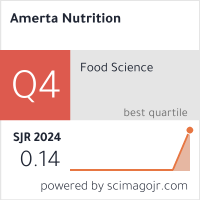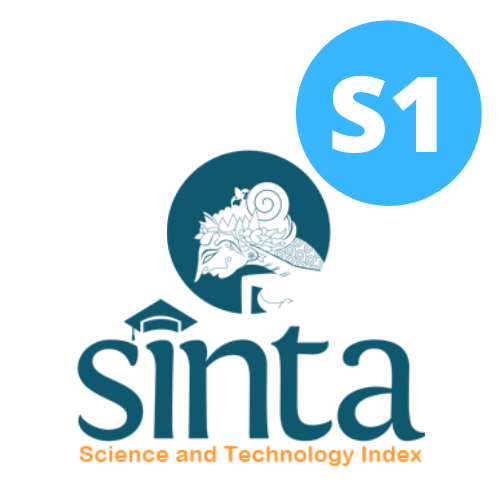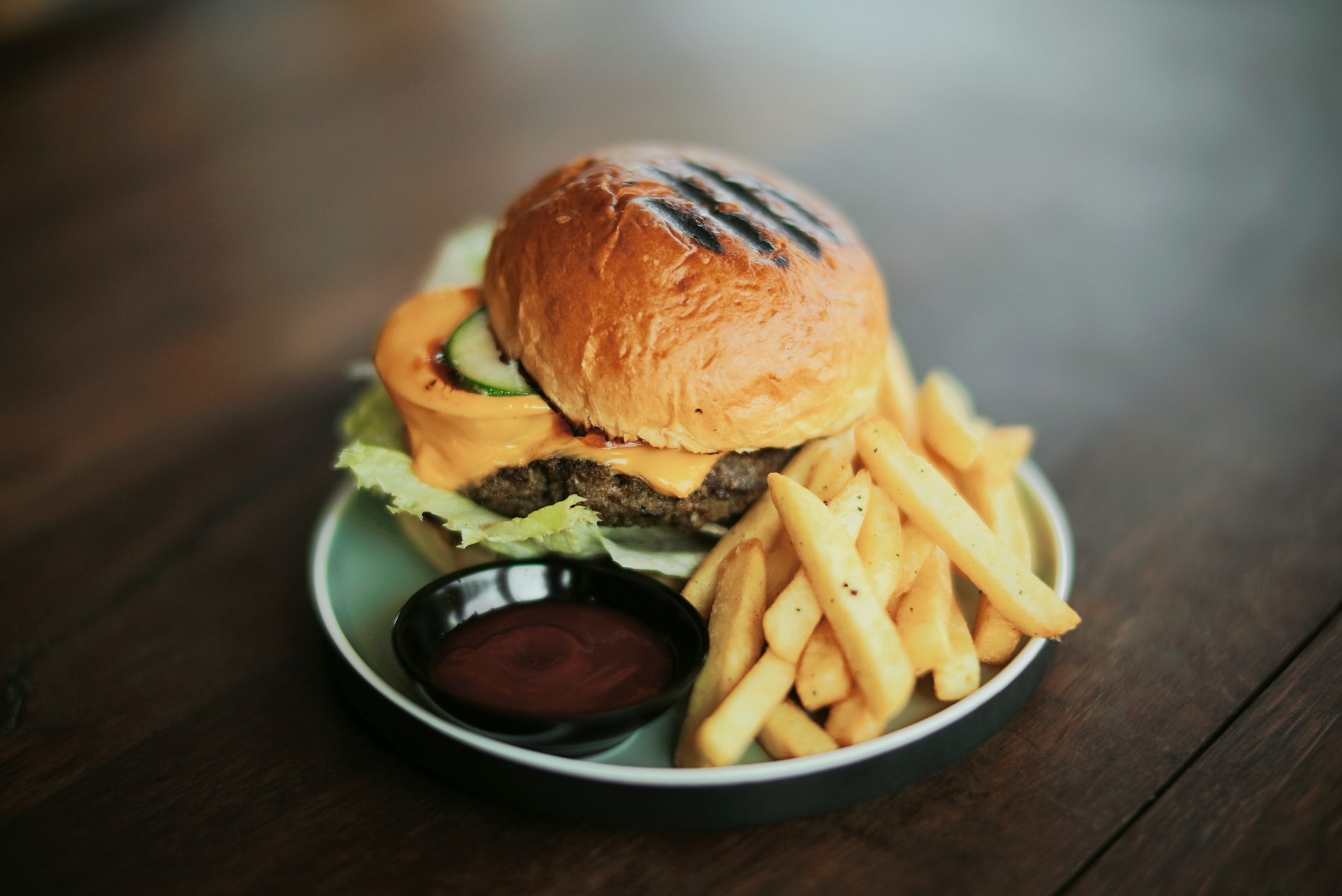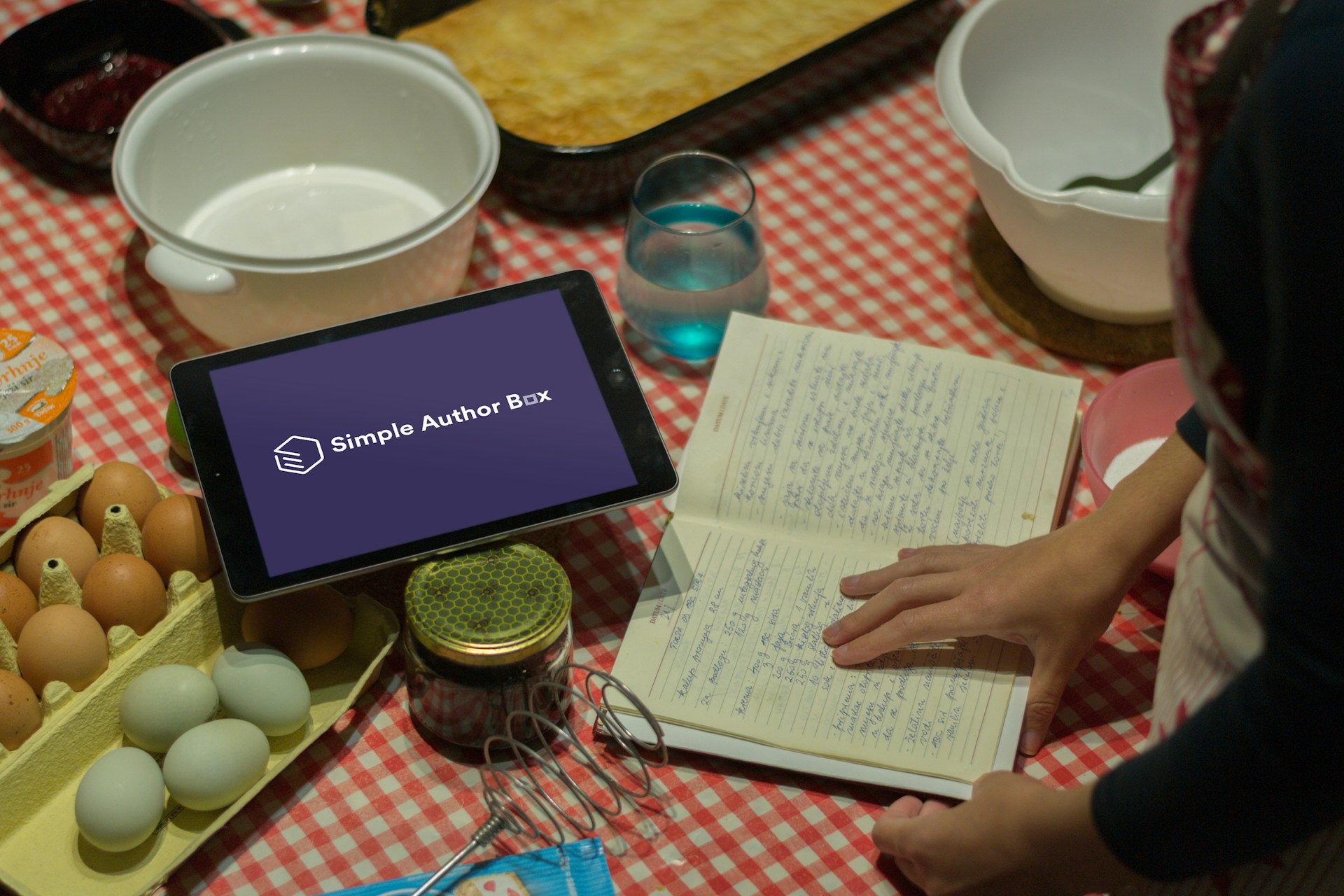Fortification of Eucheuma cottonii Flour in Vaname Shrimp Nugget as a Source of Iodine
Fortifikasi Tepung Eucheuma cottonii pada Nugget Udang Vaname sebagai Sumber Yodium
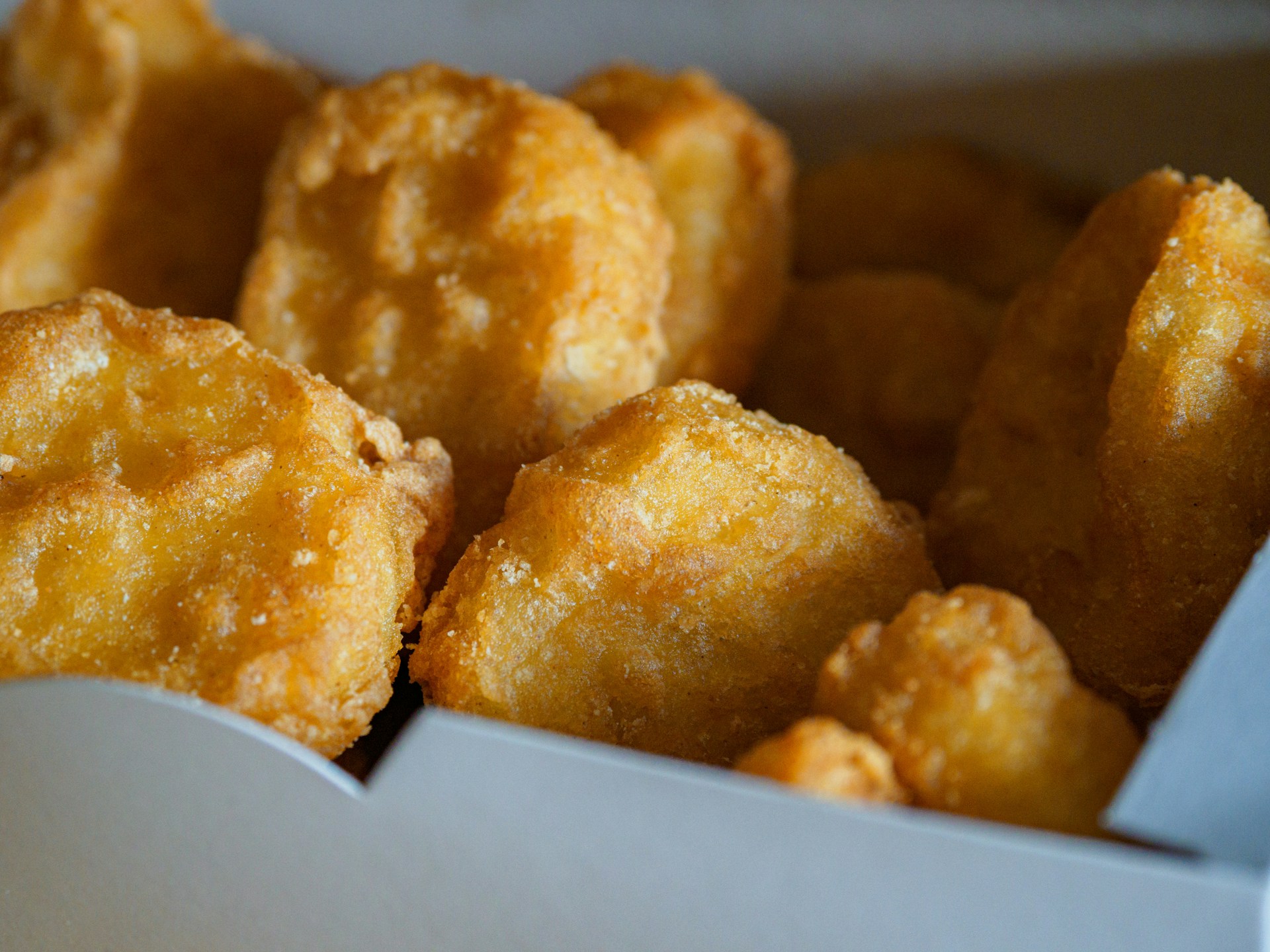
Downloads
Background: Humans require iodine as a micronutrient; a deficit in this mineral lowers IQ. Seaweed (E. cottonii) is a non-salt source of iodine. You can add E. cottonii flour to food items like nuggets. Aside from that, Vanname Shrimp are a high-protein fishery product that can be utilized as a base for nuggets. Therefore, to prevent iodine deficit, Vanname Shrimp nuggets supplemented with E. cottonii flour can be developed as a substitute food.
Objectives: Fortification of E. cottonii flour in making Vanname Shrimp nuggets as an effort to increase the iodine content.
Methods: Three replications of a non-factorial Completely Randomized Design (CRD) were used in the study. The fisheries products laboratory at Brawijaya University's Faculty of Fisheries and Marine Sciences (FPIK) was the site of the research. There were four additions of E. cottonii flour: 0%, 7.5%, 10%, and 12.5%. Iodine content is the parameter for chemical testing; elasticity is the parameter for physical testing; and color, scent, taste, and texture are the criteria for organoleptic testing (the hedonic approach for determining the optimal treatment utilizing the de Garmo and proximal testing).
Results: The study found that adding different quantities of E. cottonii flour fortification significantly altered the iodine content and flexibility of Vanname Shrimp nuggets. E. cottonii flour is optimally fortified at a level of 7.5% treatment, with iodine content of 6.17 mcg/g, elasticity of 6.65 N, carbohydrate content of 77.04%, protein content of 7.78%, fat content of 3.67%, water content of 9.85%, and ash content of 1.66%.
Conclusions: In order to prevent and treat iodine deficiency, the Vanname Shrimp nugget product fortified with E. cottonii flour should be further developed as a food option.
INTRODUCTION
Iodine is a small (micro) component needed by the human body. Iodine plays a role in brain development as a component that regulates nerves and is a substance the human body needs. The iodine intake required by the body is around 150 μg per day1. Iodine deficiency manifests in a decrease in intelligence levels, weakened muscles, and causes the face and eyes to look puffy2. The source of iodine commonly used by people is iodized salt. This is because salt is easy to obtain, affordable, and practical. Sources of iodine other than salt can be obtained from various plants (vegetables) depending on the region's altitude. Other sources besides agriculture are seafood, such as fish, shellfish, and algae.
The highest nutritional content of seaweed, apart from fiber, is iodine. Dried seaweed contains iodine reaching 300-700 ppm/bk3. Seaweed contains high levels of iodine, such asE. cottonii. The iodine content ofE. cottoniireaches 9 µg/g compared to other seaweeds, such asSargassum polycystumwith7.66 µg/g andCaulerpa lentiliferawith 4.78 µg/g4.E. cottoniiseaweed is usually marketed as dried seaweed or flour. Fortification ofE. cottoniiseaweed flour, which is high in iodine content, can be carried out in food products that are popular with the public, such as fast food, as an effort to prevent and overcome cases of iodine deficiency or what is known as Iodine Deficiency Disorders (IDD) in Indonesia. Consuming fast food has become a behavior or habit among people because this type of food is easy to obtain and served quickly. Fast food is also easy to find on the market and is popular with people from children to adults5. One of the fast-food products that consumers are interested in is nuggets.
Nuggets are a mixture of ground meat, herbs, and spices. The characteristic of nuggets is that the product's surface is coated by bread flour. After being coated, the nuggets are stored in a cooler at a low temperature so that the product lasts longer6. The nutritional composition of nuggets is 75.45% water content, 6.22% fat, 13.89% protein, and 1.91% ash7. Various forms of nugget products are on the market with different brands. Nuggets are low in iodine but high in fat. Nutrient enrichment of nuggets through fortification ofE. cottoniiflour can be an alternative source of iodine. The nuggets fortified withE. cottoniiseaweed flour has the highest iodine content (2.54 µg/g) compared to other sources such as fish (0.076 µg/g), spinach (0.834 µg/g), and carrots (0.193 µg/g).
One of the potential raw materials for making nuggets that have high nutritional content is shrimp. It is the best source of protein when compared to other seafood. Shrimp contain 25.83 g of protein per 100 g of meat. The proximate value of wet and dry Vanname Shrimp meat is quite different, where the proximate value of wet Vanname Shrimp meat (per 100 g) is 19.38% protein. The proximate value of dried Vanname Shrimp meat (per 100 g) is 70.81% protein. Vanname Shrimp meat contains other nutrients in the form of essential amino acids. Apart from that, Vanname Shrimp meat also contains essential fatty acids such as Eicosapentaenoic Acid (EPA) (9%) and Docosahexaenoic Acid (DHA) (11.2%)8. The presence of amino and essential fatty acids is required in the metabolic systems of humans who consume them9.
Various efforts to diversify food products have been carried out, one of which is fortification made from fishery products such as seaweed or other fortifiers that can increase food products' macro-micro nutrient and mineral content10;11;12;13;14. However, the development of food products such as Vanname Shrimp nuggets withE. cottoniiflour fortification has yet to be widely carried out. Therefore, it is necessary to develop nugget products made from Vanname Shrimp with the addition ofE. cottoniiflour as an alternative form to overcome the problem of iodine deficiency or IDD. This research aims to fortifyE. cottoniiflour in making Vanname Shrimp nuggets to increase the iodine content in processed fishery food products.
METHODS
This research consists of two stages: preliminary and main Study. The preliminary study aims to determine the best concentration ofE. cottoniiflour fortification for making Vanname Shrimp nuggets and the best concentration range. The main study aims to obtain information on the most appropriate concentration ofE. cottoniiflour fortification so that it can produce iodine levels that suit human needs.
Preliminary Study
Making Vanname Shrimp Nuggets
The process for making Vanname Shrimp nuggets is cleaning the shrimp using the Peeled Tail On (PTO) process and weigh 200 g. The Vanname Shrimp meat is mashed using a blender, and the garlic and shallots are mashed. Then, the finely ground shrimp meat is mixed with wheat andE. cottoniiflour in varying levels of 0%, 10%, 15%, and 20%. The amount ofE. cottoniiflour added was obtained by calculating the concentration ofE. cottoniiflour multiplied by the weight of the main ingredients: Vanname Shrimp, bread flour, pepper, fine shallots, fine garlic, celery leaves, flavorings, salt, and eggs. The dough is kneaded until ingredients are evenly distributed, then poured into a baking dish and steamed for 45 minutes at 100°C. After steaming, the dough is cut into several pieces measuring 3×4cm and then glued
Monikasar, N. N. T., Gunam, I. B. W. & Wisaniyasa, N. W. Pemanfaatan Tepung Rumput Laut Gracilaria sp. Pada Tempe sebagai Alternatif Pangan Sumber Yodium. J. Pascapanen dan Bioteknol. Kelaut. dan Perikan. 16, 53–61 (2021).
Alfitri, Widodo, U. S. & Sudargo, T. Faktor-faktor pada kejadian GAKY ibu hamil di Tabunganen Barito Kuala, Kalimantan Selatan. J. GIZI DAN Diet. Indones. 1, 7–14 (2013).
Anggraini, P. R. Pemanfaatan Rumput Laut (Eucheuma cottonii) Menjadi Roti Tinggi Serat dan Yodium. Arsip Gizi dan Pangan 3, 26–36 (2018).
Untailawan, R., Male, Y. T. & Dulanlebit, Y. H. No Title. Sci. Map J. 1, 55–59 (2019).
Sugiarto et al. Penambahan Beberapa Sayuran Pada Nugget Ayam. in SEMNAS PERSEPSI III MANADO 460–472 (2018).
Kusumaningrum, M., Kusrahayu & Mulyani, S. Pengaruh Berbagai Filler (Bahan Pengisi) Terhadap Kadar Air, Rendemen dan Sifat Organoleptik (Warna) Chicken Nugget. Anim. Agric. J. 2, 370–376 (2013).
Arnyke, E. V., Rosyidi, D. & Radiati, L. E. Peningkatan potensi pangan fungsional naget daging kelinci dengan substitusi wheat bran, pollard dan rumput laut. J. Ilmu-Ilmu Peternak. 24, 56–71 (2014).
Tambunan, J. E., Rahmawati, A., Djamaludin, H., Dailami, M. & Anitasari, S. Udang Vaname: Dari Hulu Ke Hilir. (UB Press, 2022).
Suprayitno, E. et al. Biokimia Produk Perikanan. (UB Press, 2021).
Djamaludin, H., Dailami, M., Nurhadianty, V., Ananta, D. R. & Prayoga, D. R. Analisis bilangan peroksida, organoleptik, dan proksimat abon tuna dengan fortifikasi jantung pisang. J. Sumberd. Akuatik Indopasifik 6, 319–330 (2022).
Hardoko et al. Banana blossom addition to increase food fiber in tuna (Thunnus sp .) floss product as functional food for degenerative disease’s patient. in IOP Conf. Series: Earth and Environmental Science 1–8 (2022). doi:10.1088/1755-1315/1036/1/012095.
Sulistiyati, T. D., Suprayitno, E., Djamaludin, H., Tambunan, J. E. & Muchayaroh, U. The effect of fortification Moringa oleifera leaves powder on calcium content in otak-otak products of Clarias sp. in IOP Conf. Series: Earth and Environmental Science 1–12 (2022). doi:10.1088/1755-1315/1036/1/012071.
Sulistiyati, T. D. et al. Karakteristik organolepik abon ikan tuna (Thunnus sp.) dengan penambahan jantung pisang. J. Fish. Mar. Res. 6, 10–19 (2022).
Hardoko, H. et al. Pelatihan pengolahan se’i tuna dengan fortifikasi ekstrak daun jati di Desa Gajahrejo Kabupaten Malang. in Prosiding Konferensi Nasional Pengabdian Kepada Masyarakat dan Corporate Social Responsibility 642–648 (2021).
Ruiz-capillas, C. & Herrero, A. M. Sensory analysis and consumer research in new product development. Foods 10, 1–4 (2021).
Safitri, D., Widiada, I. G., Swiryajaya, I. K. & Sofiyatin, R. Pengaruh penambahan bubur rumput laut (Eucheuma cottonii) terhadap sifat organoleptik dan kadar iodium dodol rumput laut. J. Gizi Prima 3, 49–53 (2018).
Handayani, R. & Aminah, S. Variasi substitusi rumput laut terhadap kadar serat dan mutu organoleptik cake rumput laut (Eucheuma cottonii). J. Pangan dan Gizi 2, 67–74 (2011).
Kumorowulan, S. et al. Hubungan status iodium dengan fungsi tiroid di Kota Yogyakarta, Kabupaten Purworejo, dan Kota Bukittinggi. Media Gizi Mikro Indones. 11, 15–24 (2019).
Rehena, Z. & Ivakdalam, L. M. Pemanfaatan Eucheuma cottonii dan Sargassum crassifolium dalam cookies sagu untuk meningkatkan kadar iodium tikus (Rattus novergicus). J. Agribisnis Perikan. 11, 74–80 (2018).
Lubis, Y. M., Erfiza, N. M., Ismatrrahmi & Fahrizal. Pengaruh konsentrasi rumput laut (Eucheuma cottonii) dan jenis tepung pada pembuatan mie basah. Rona Tek. Pertan. 6, 413–420 (2013).
Lumbessy, S. Y., Setyowati, D. N. A., Mukhlis, A., Lestari, D. P. & Azhar, F. Komposisi nutrisi dan kandungan pigmen fotosintesis tiga spesies alga merah (Rhodophyta sp.) hasil budidaya. J. Mar. Res. 9, 431–438 (2020).
Marco Beaumont et al. Hydrogel-forming algae polysaccharides: from seaweed to biomedical applications. Biomacromolecules 22, 1027–1052 (2021).
Nielsen, S. S. Proximate assays in food analysis. in Encyclopedia of Analytical Chemistry 1–8 (2006). doi:10.1002/9780470027318.a1024.
SNI. SNI 7758:2013. SNI Naget Ikan. (2013).
Kusumawardani, H. D., Musoddaq, M. A. & Puspitasari, C. Kandungan iodium dalam kelompok bahan makanan di daerah pegunungan dan pantai. Media Gizi Mikro Indones. 8, 79–88 (2018).
Jaziri, A. A., Sari, D. S., Yahya, Prihanto, A. A. & Firdaus, M. Fortifikasi tepung Eucheuma cottonii pada pembuatan mie kering. Indones. J. Halal 1, 109–116 (2018).
Copyright (c) 2024 Amerta Nutrition

This work is licensed under a Creative Commons Attribution-ShareAlike 4.0 International License.
AMERTA NUTR by Unair is licensed under a Creative Commons Attribution-ShareAlike 4.0 International License.
1. The journal allows the author to hold the copyright of the article without restrictions.
2. The journal allows the author(s) to retain publishing rights without restrictions
3. The legal formal aspect of journal publication accessibility refers to Creative Commons Attribution Share-Alike (CC BY-SA).
4. The Creative Commons Attribution Share-Alike (CC BY-SA) license allows re-distribution and re-use of a licensed work on the conditions that the creator is appropriately credited and that any derivative work is made available under "the same, similar or a compatible license”. Other than the conditions mentioned above, the editorial board is not responsible for copyright violation.






